journeys: exploring machu picchu



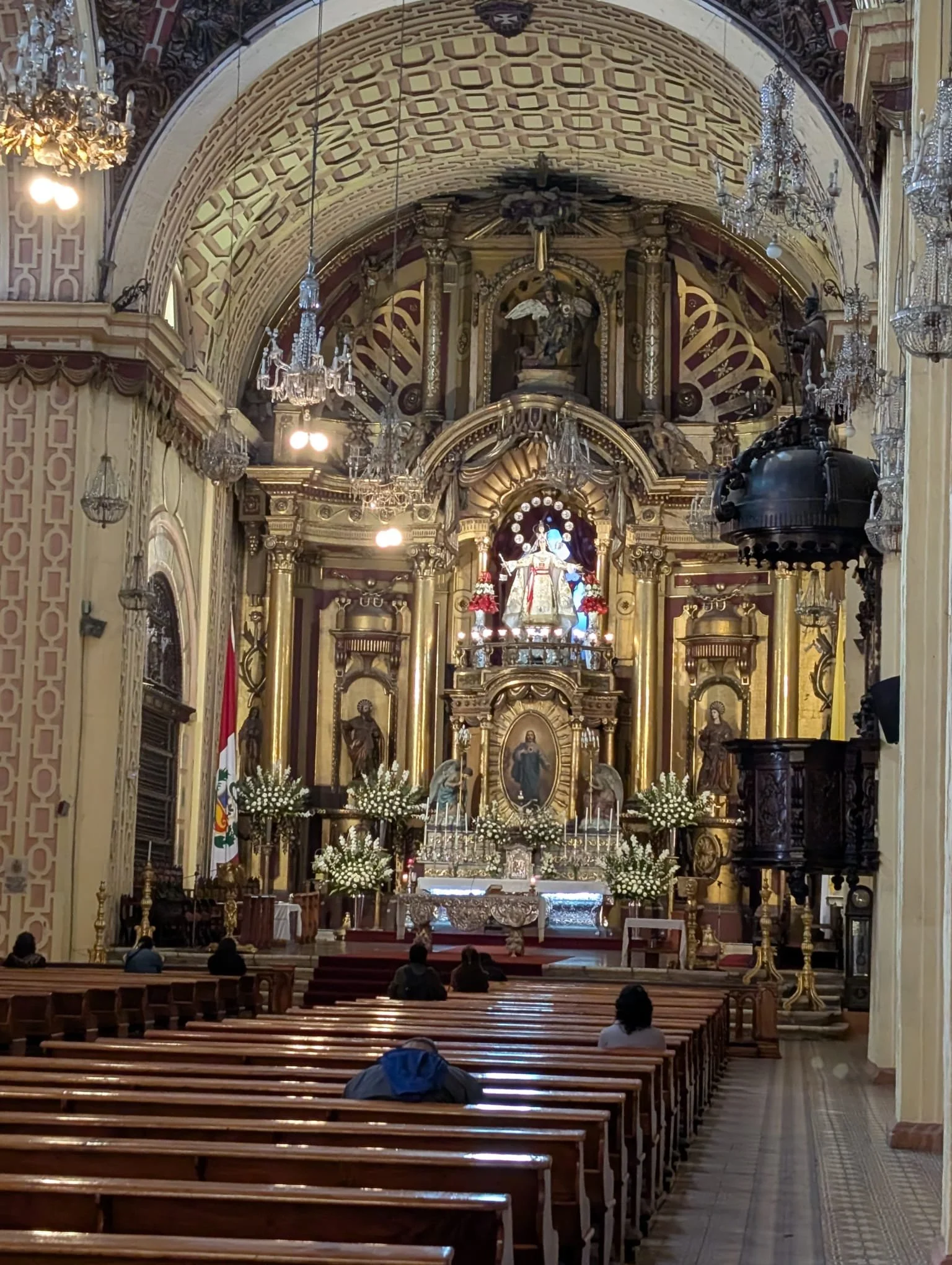









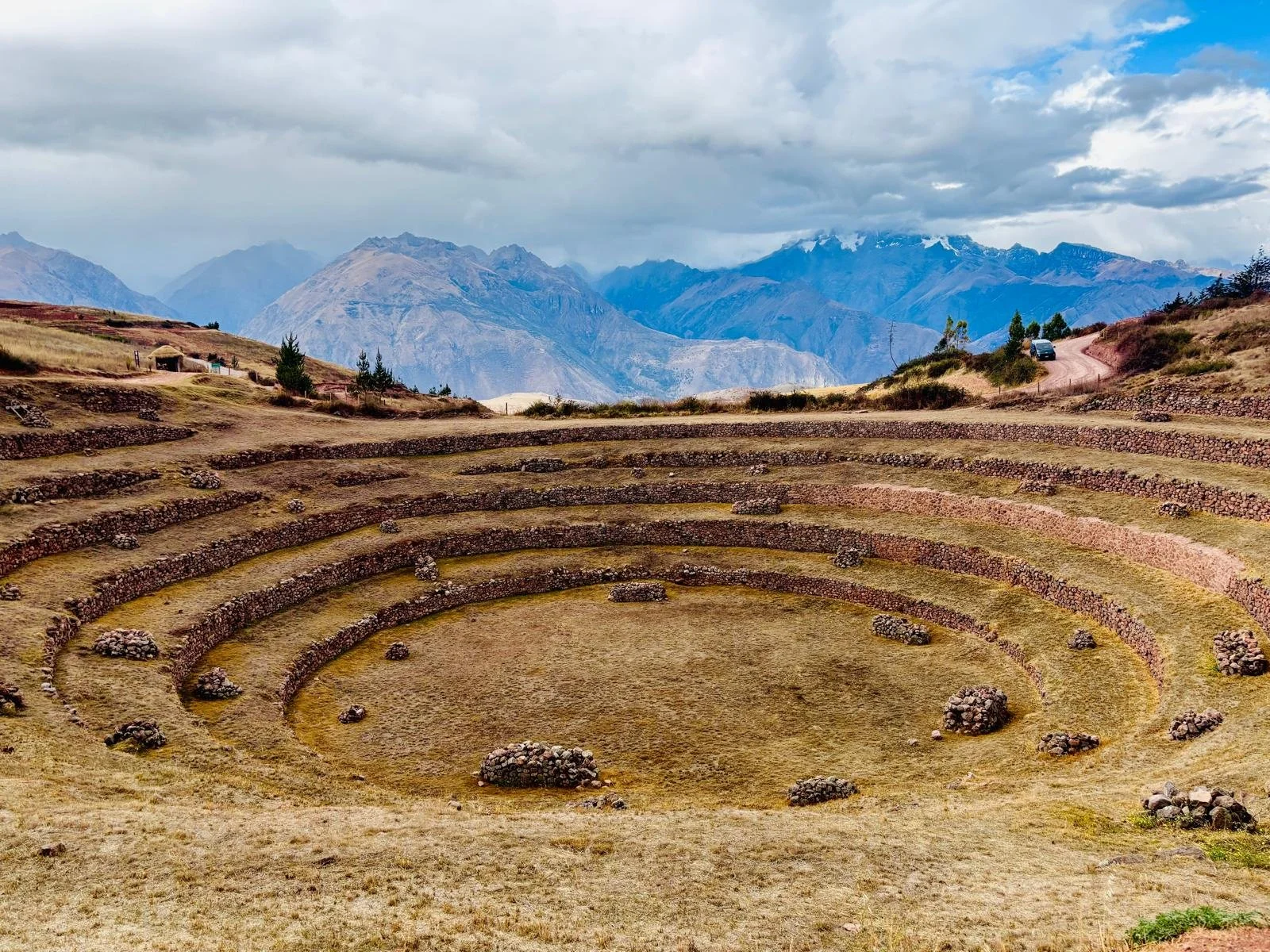
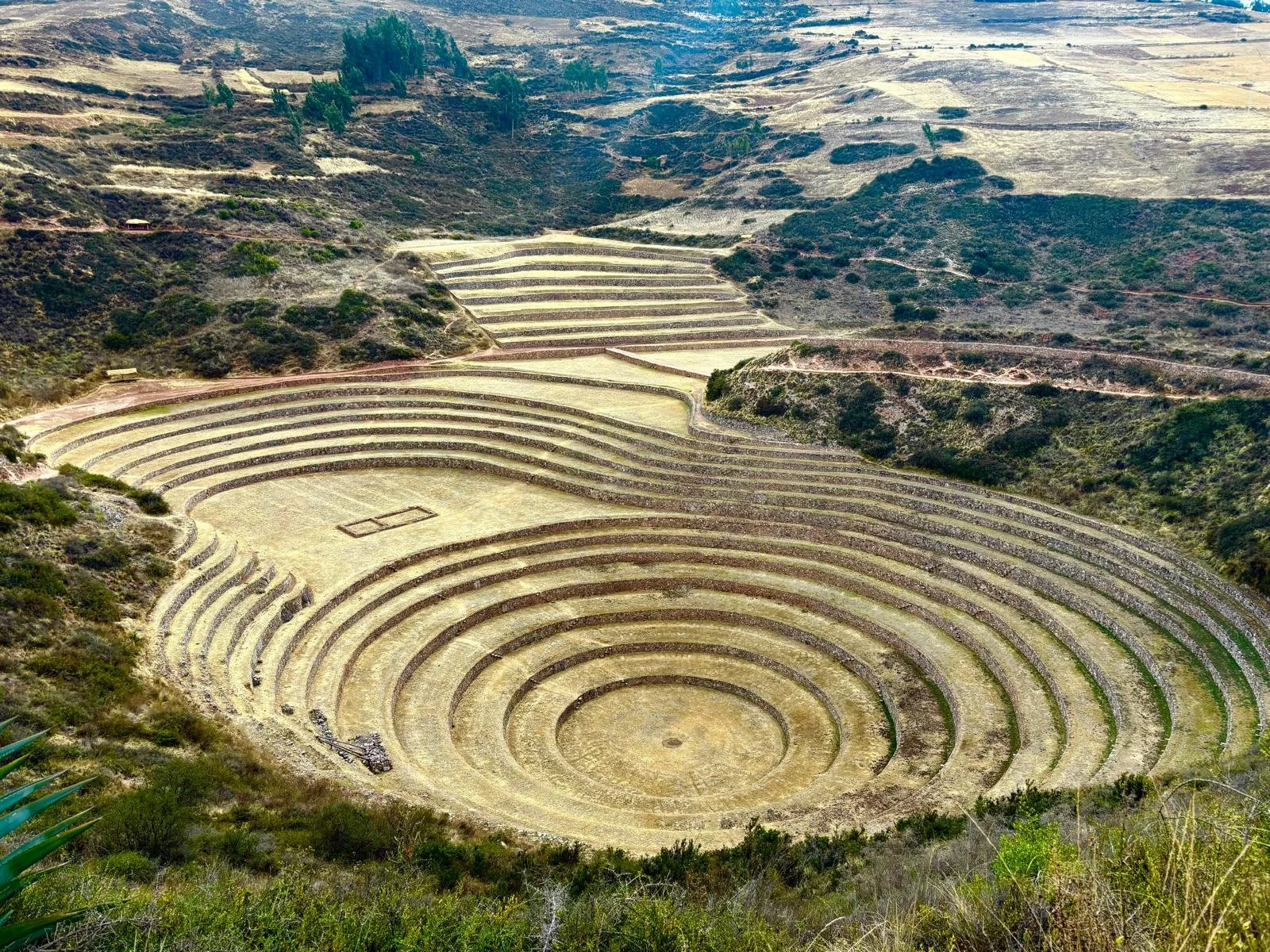

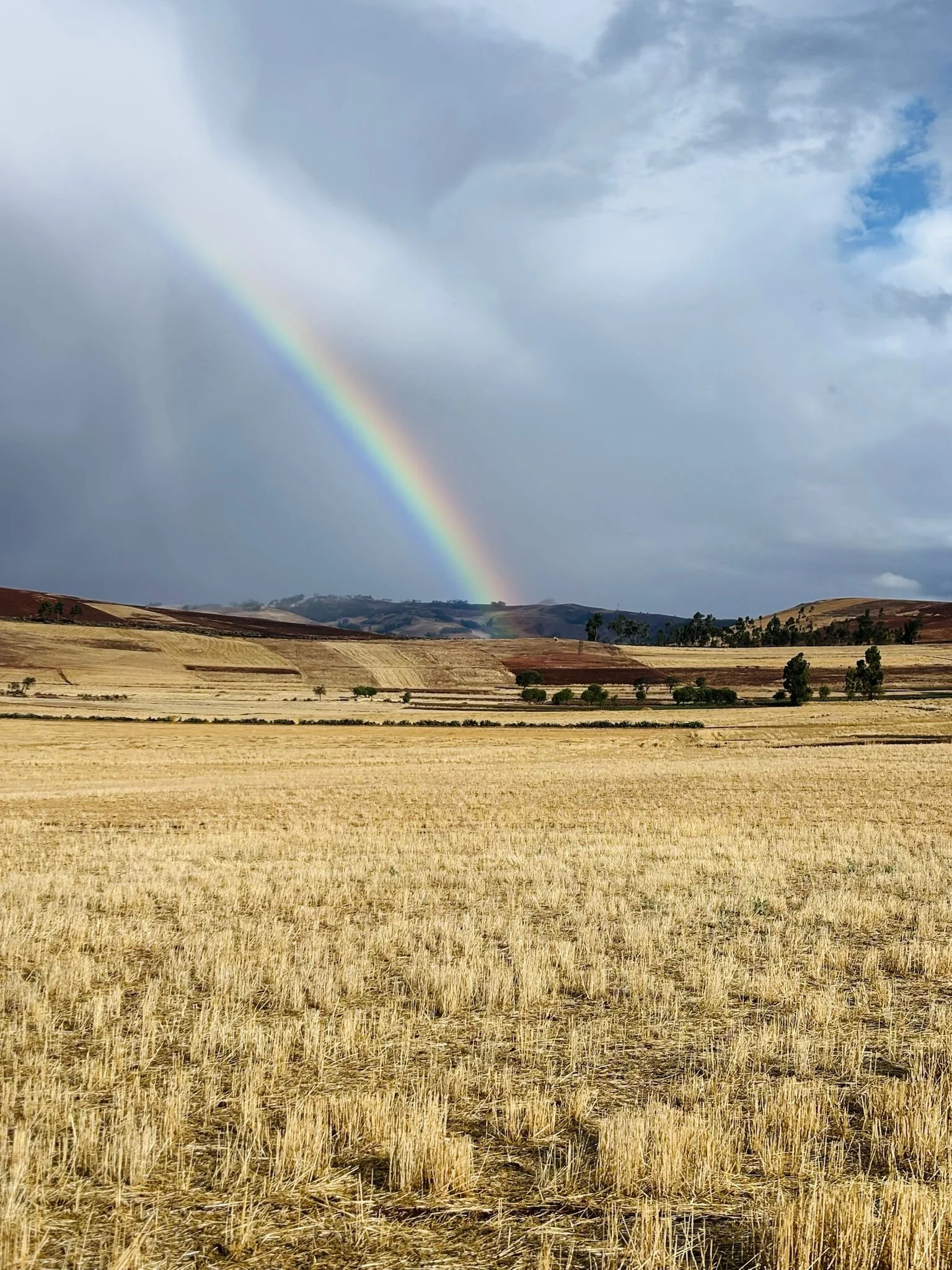



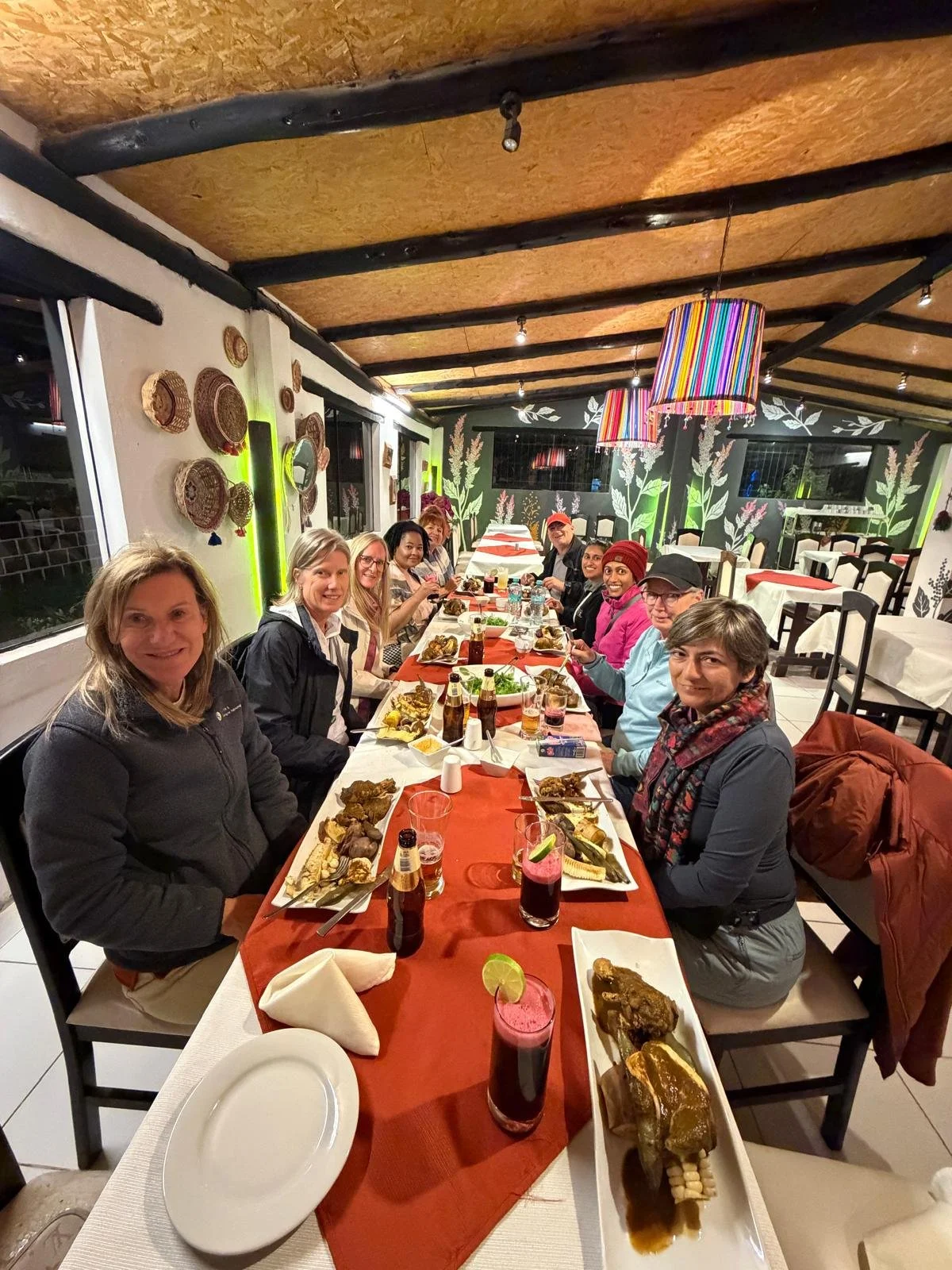
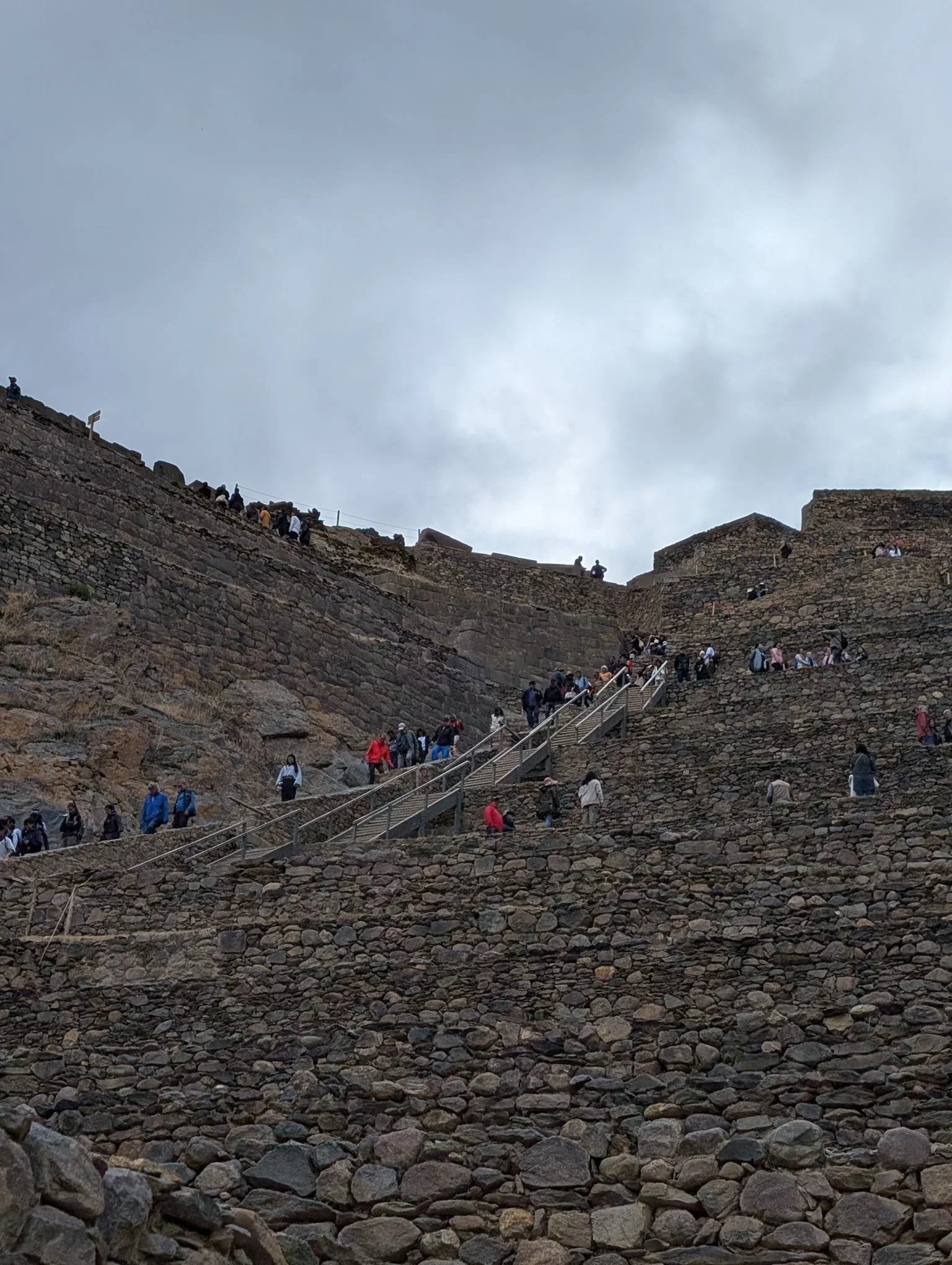

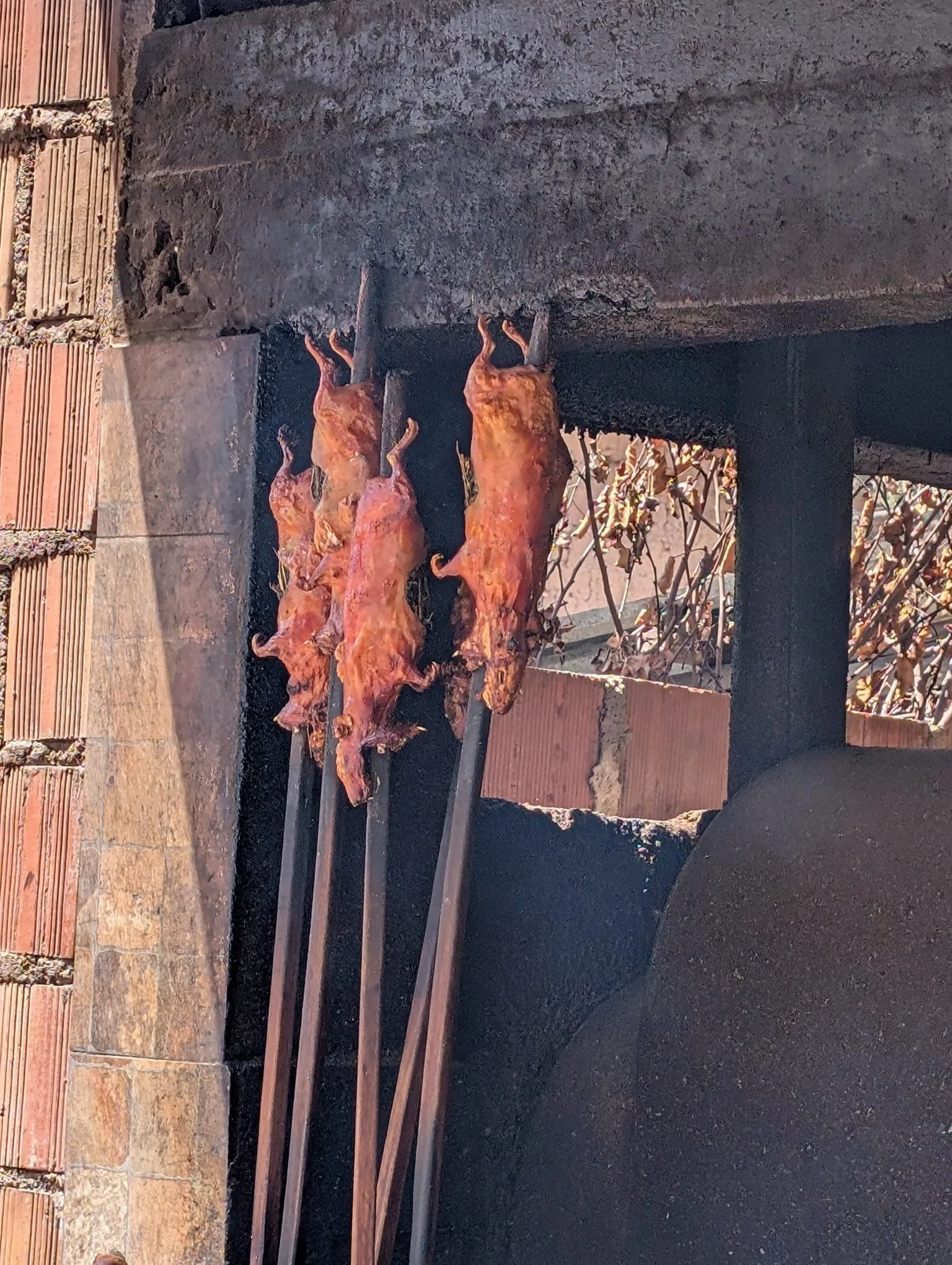






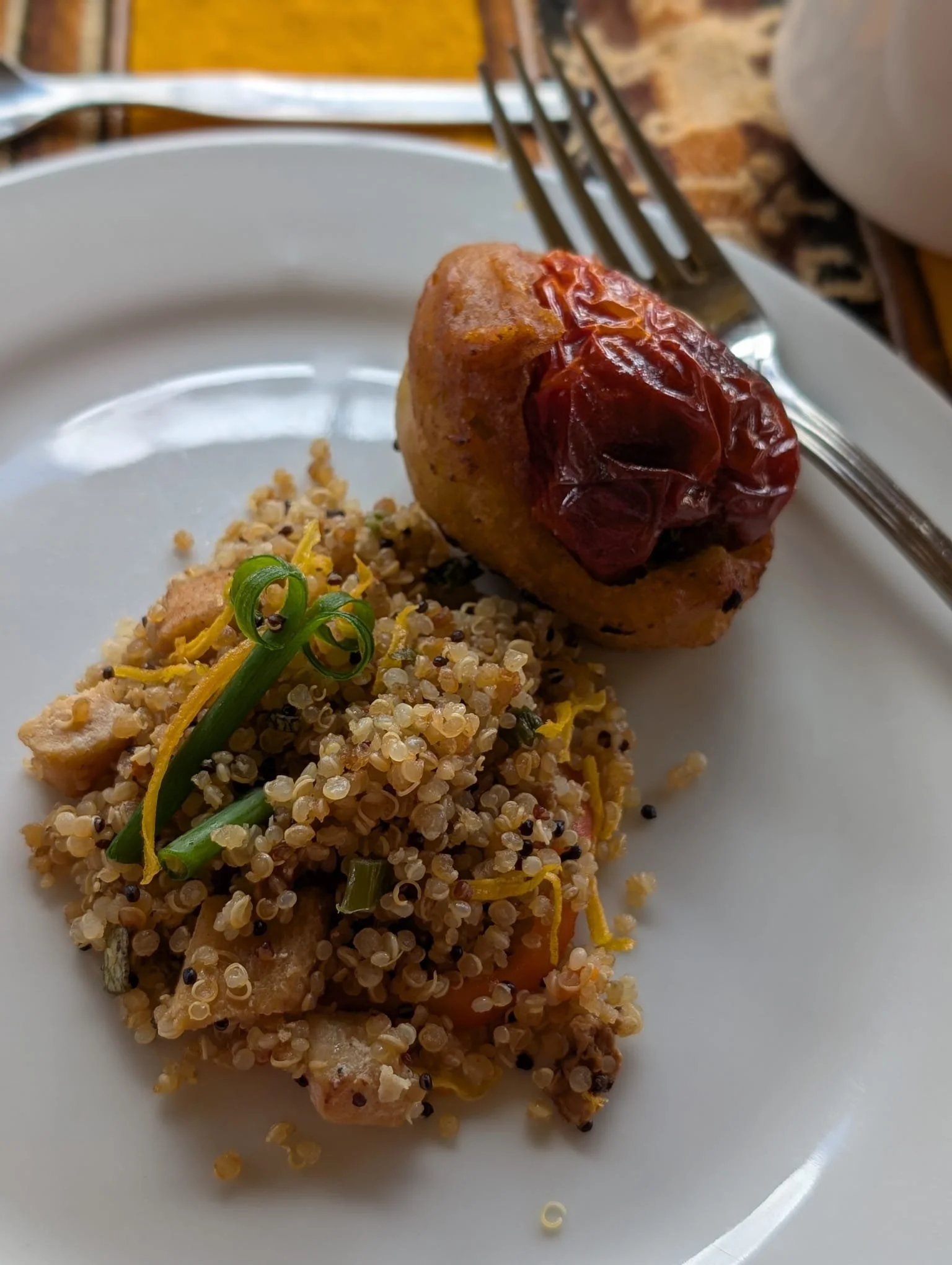
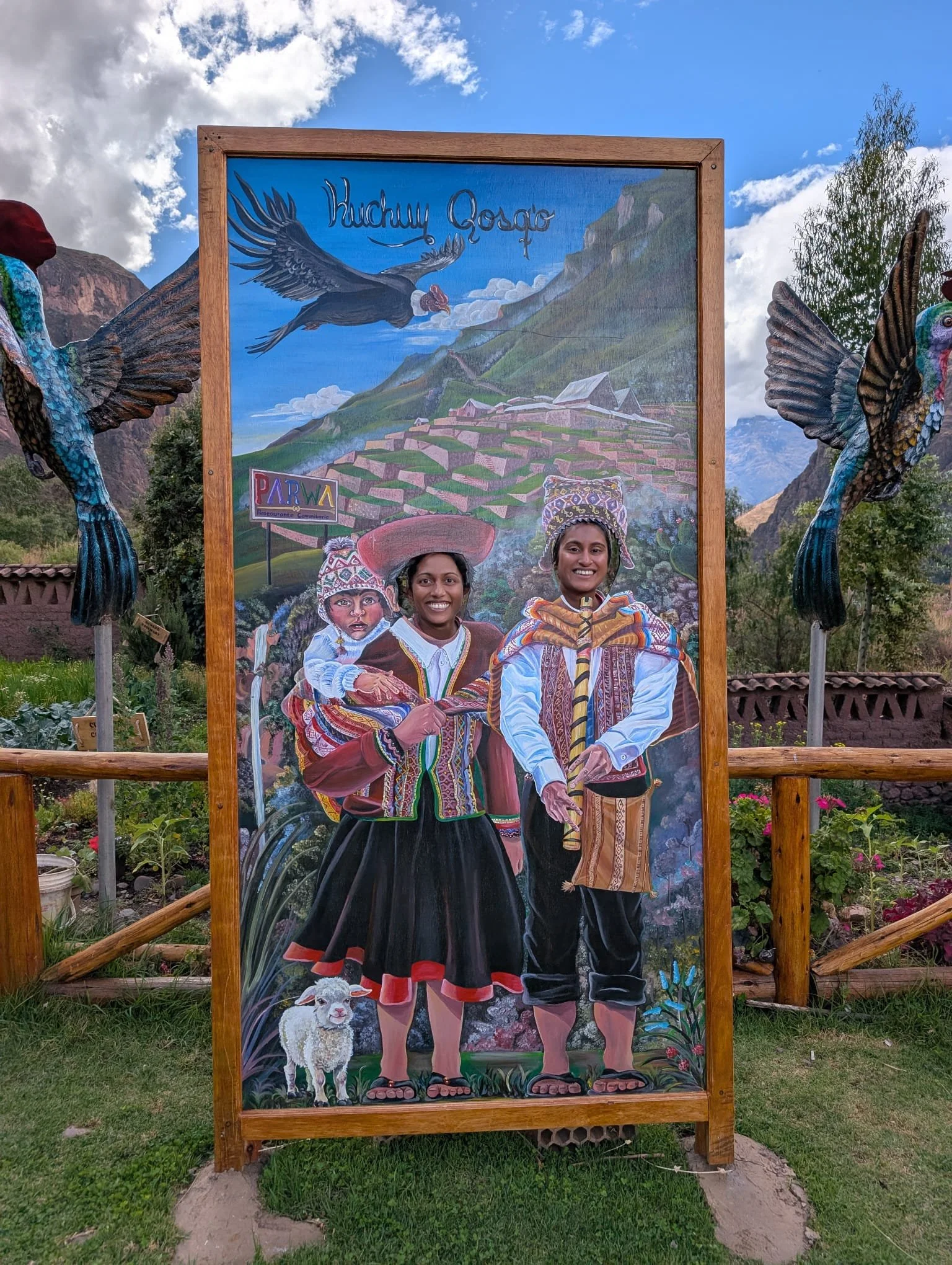












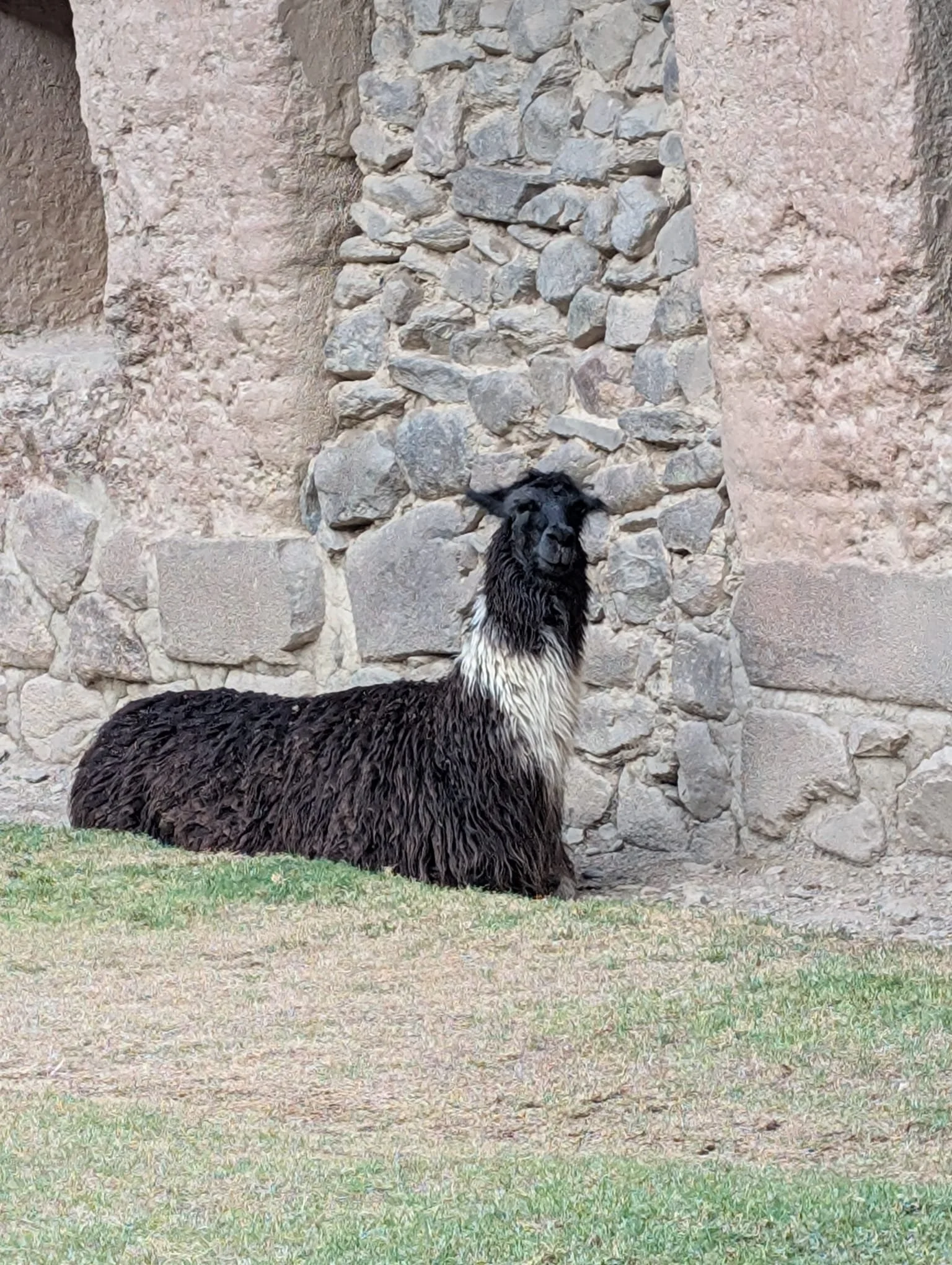








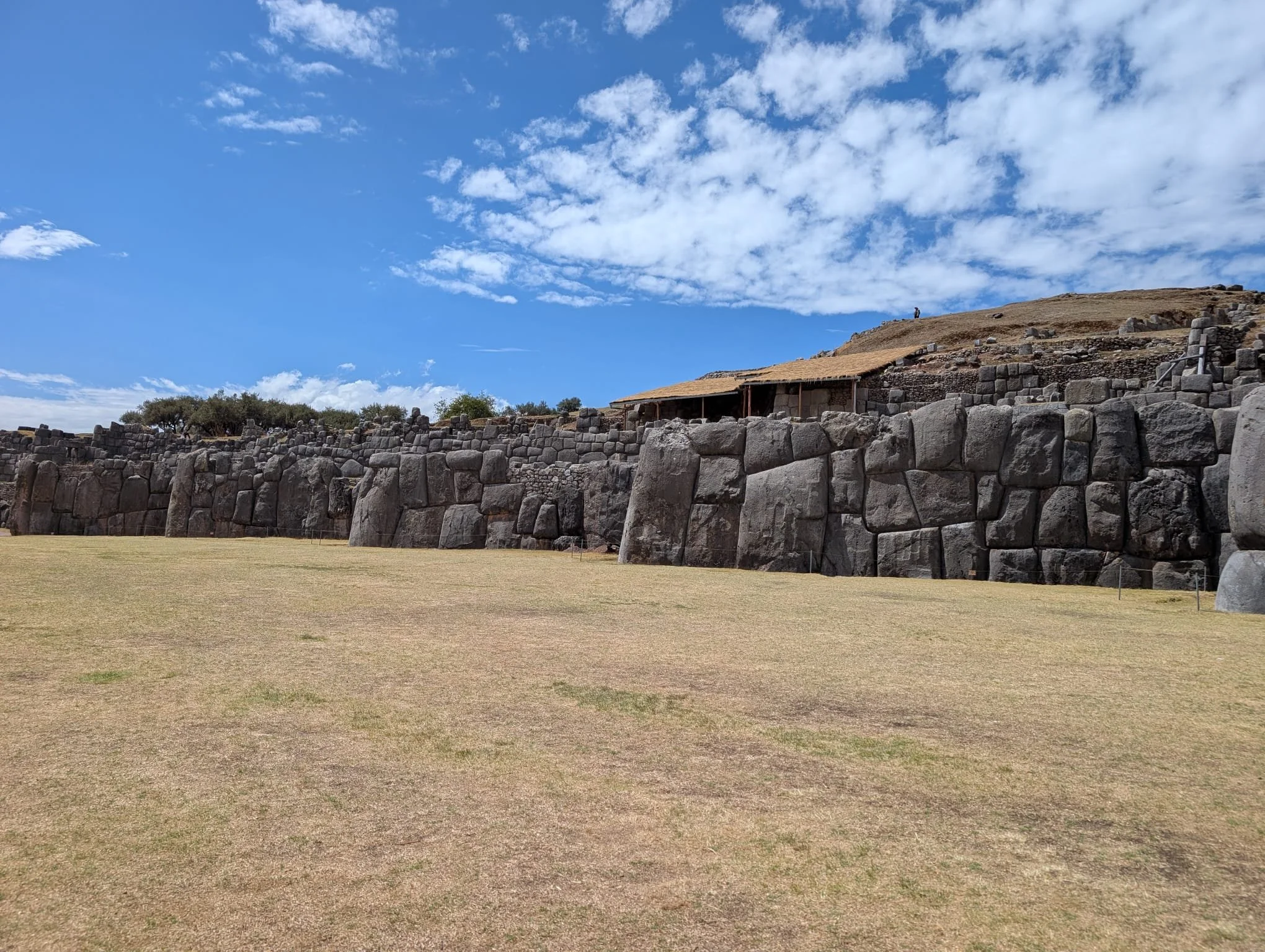







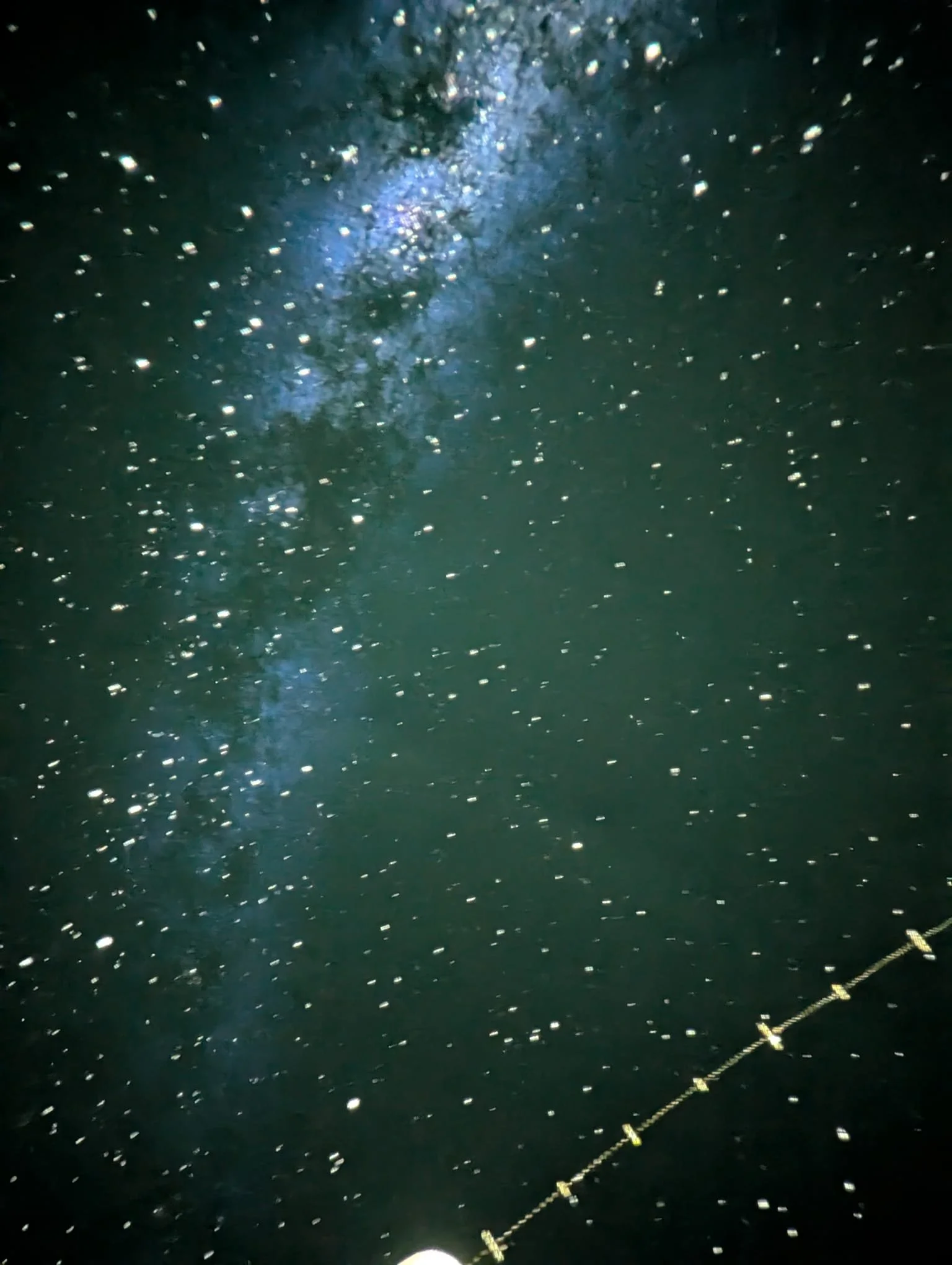
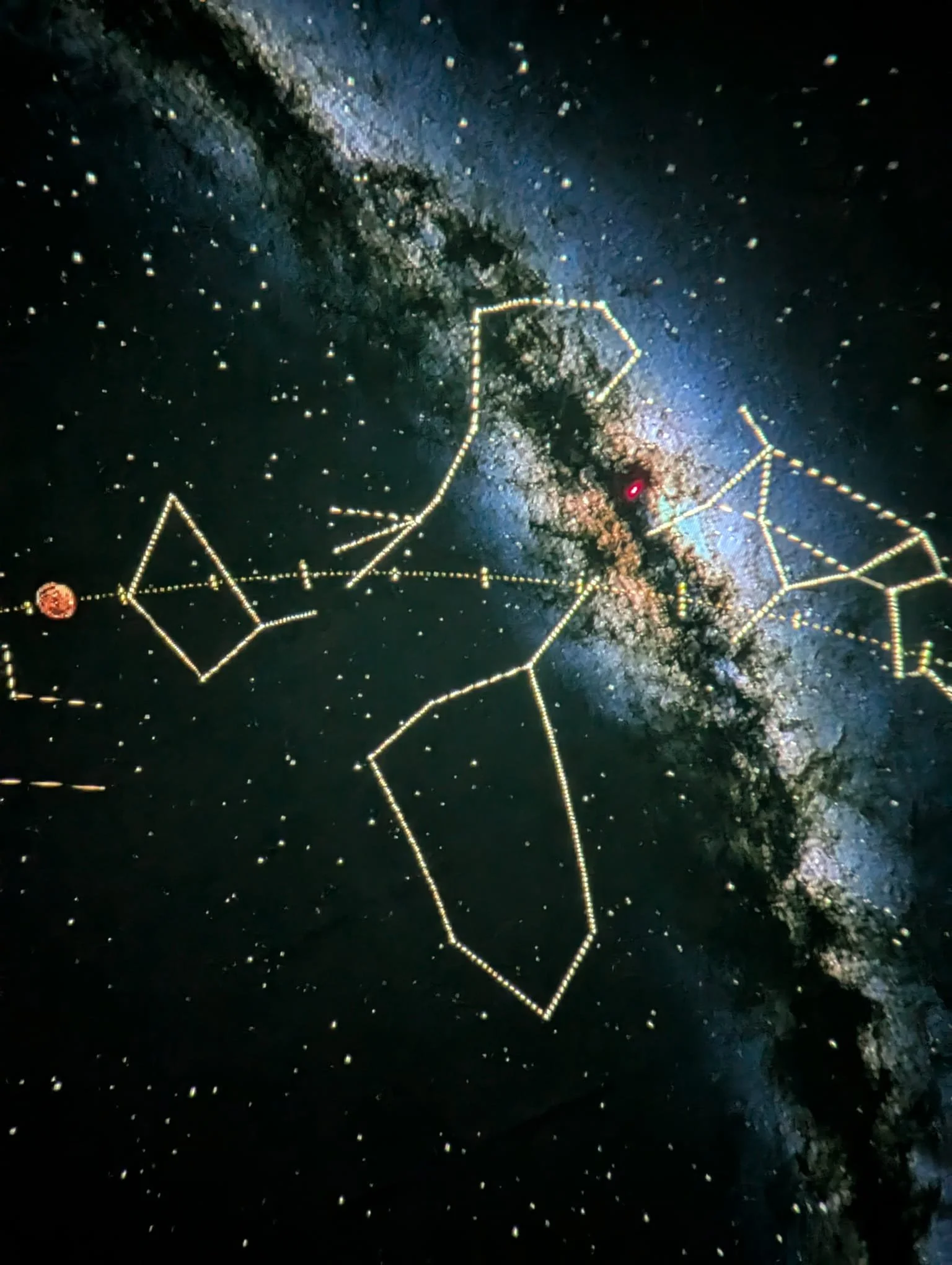



Following the Footsteps of the Incas
Peru had long been on my list — a land of misty mountains, ancient civilizations, and flavors that promised to awaken every sense. But nothing quite prepares you for how this country feels — how its energy seeps into you, how its past and present seem to breathe in unison.
Our adventure began in Lima, where the city’s pulse beats strongest through its food. A city tour introduced us to the contrast of old and new — colonial facades beside sleek modernity — but it was the food tour that truly captured my heart. Lima is a culinary capital for a reason. Every dish told a story: ceviche, bright and briny; pisco sours, perfectly tart; alpaca steak and guinea pig, both delicacies that stretch your comfort zone in the most delicious way. Peruvians cook with soul, and you taste it in every bite.
Before dawn the next morning, we flew to Cusco, once the capital of the Inca Empire. The air felt thinner but somehow purer — crisp with altitude and history. From there, we drove into the Sacred Valley, the kind of landscape that makes you stop mid-sentence just to stare. Terraced mountainsides, patchwork fields, and villages where time seems to linger all spoke of the deep connection between people and land.
Our first stop was the salt pans of Maras, thousands of glistening white pools cascading down a mountainside, still harvested by hand as they were in pre-Inca times. Just a short drive away lay Moray, an astonishing series of circular terraces believed to have been an agricultural laboratory. Standing there, I imagined the Inca priests and farmers testing soil and sunlight, seeking harmony with nature rather than dominion over it — a lesson the modern world could revisit.
That afternoon, we were treated to a meal cooked in a pachamanca, a traditional underground stone oven. As the earth was uncovered and steam rose into the cool air, it felt like a ritual of gratitude — a way of saying thank you to Pachamama, Mother Earth, for her bounty.
The next day, we ventured to Parque de la Papa (Potato Park), a G Adventures–supported initiative that preserves more than 1,000 native potato varieties. Guided by local farmers, we learned how this humble tuber is more than food; it’s a story of resilience and identity. Women in handwoven skirts and bright shawls shared their craft, showing us how weaving and farming intertwine with community and culture. It was a reminder that preservation isn’t just about landscapes or monuments — it’s about people keeping traditions alive.
We explored the Inca ruins of Pisac and Ollantaytambo, climbing stone steps that felt like they led through layers of time. From temple walls carved with impossible precision to panoramic views of the valley, each site whispered of the ingenuity and spirituality of the Inca people. At lunch, we dined at the Parwa Community Restaurant in Huchuy Qosqo, another community-driven project that gives back to the very people who sustain the land and its traditions.
Then came one of the most unforgettable stretches of our journey — the train ride to Aguas Calientes, the gateway to Machu Picchu. The train wound through lush valleys and misty peaks, revealing glimpses of ruins, waterfalls, and life unfolding in quiet mountain villages. I pressed my forehead against the glass, realizing that sometimes the journey itself is the destination.
I opted for the one-day Inca Trail hike, and I won’t sugarcoat it — it was the hardest seven miles I’ve ever done. The trail climbed steeply through cloud forest and ancient stone steps, passing the ruins of Wiñay Wayna and Inti Pata. Every turn seemed to open to a new vista, more breathtaking than the last. My legs ached, my lungs burned, but my heart felt full. When we finally reached the Sun Gate, overlooking Machu Picchu bathed in late afternoon light, I understood why people call it a spiritual experience. It’s not just the view — it’s the feeling of having earned it.
The next morning, we returned to Machu Picchu for a guided tour, and even with the crowds, there was a profound sense of peace. The precision of the stonework, the alignment with the stars, the quiet hum of the mountains — it’s a masterpiece of both architecture and reverence. Standing there, I thought of the Incas who built this city without modern tools, guided by a vision that saw nature as sacred, not separate.
Back in Cusco, we wandered through the cobblestone streets and lively plazas, visited museums and the mighty Sacsayhuamán fortress, and ended the evening at the Cusco Planetarium. Under a canopy of glittering stars, we learned how the Inca studied the heavens — not to conquer, but to understand their place in the cosmos. It felt like coming full circle: from the earth of the pachamanca to the salt of Maras, from ancient stones to endless skies.
Our journey ended where it began — in Lima, gathered for a final dinner, sharing laughter and memories. Peru had shown me more than beauty; it had offered perspective. The Incas believed deeply in reciprocity — give to the land, and it gives back. Traveling through their world, I realized that’s true of life, too. The more you give — your curiosity, your openness, your respect — the more you receive in return.
Peru left me humbled, inspired, and grateful. To follow the footsteps of the Incas is to remember that every journey worth taking changes you — not because of where you go, but because of what you find along the way.

